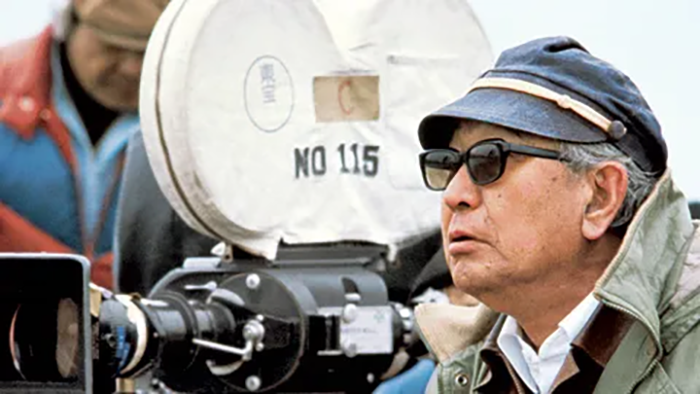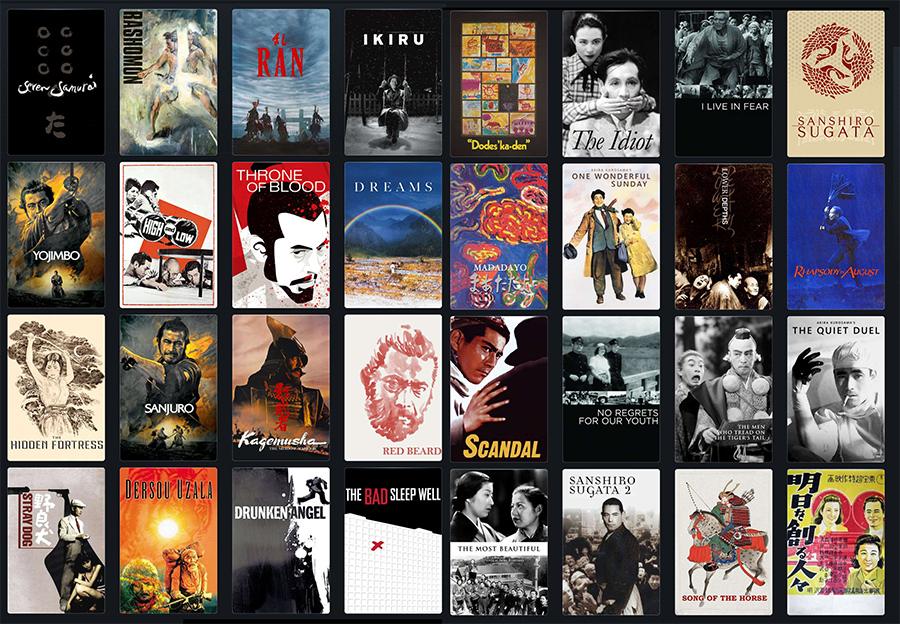Today I want to share a case study on how to engage your readers by focusing on story and emotions. As a writer, you share in your newsletter or social media because you hope it connects with people in a meaningful way. What do we all feel before clicking “publish?” Crickets — no one engaging, no one seeming to care.
If you want people to feel connected with what you are sharing, focus on the emotions you hope they feel.
Let’s take a simple example: imagine you recently got a new computer. It is your primary interface for writing, the place where you sit for hours, crafting your ideas and stories. You are super excited because this new computer was expensive and you hemmed and hawed over it for months, struggling with an aging machine as you delayed making the big purchase. You felt fancy receiving the new box and replacing your old dusty machine with something shiny and new.
So perhaps in that moment of excitement, you want to go on social media and post:
“Yay! I got a new computer!” And you show a photo of the computer or the box.
While this may get a couple of easy ‘Likes,’ I often worry that — to put it bluntly — no one cares. Why? Because computers are common. They are all around us, and we rarely notice them unless they are somehow unusual.
But for the person buying one, the experience feels deeper: the rush of the big expense, the sense of pride in how this new object somehow reflects on your identity or style, and it’s a moment of simply celebrating having something new in your life.
But for the reader, although they can be generally happy for you, their emotions don’t go anywhere deeper. Your announcement doesn’t engage readers at a level I think you could reach. I mean, how excited do you feel at reading these statements of expensive purchases, that are also common daily objects:
“I got a new MacBook!”
“I got a new iPhone 15!”
“I got a new Hyundai Santa Fe!
“I got a new Honda Civic!”
As a reader, what is my connection to this? At most it is, “I see you are happy, so I will say congratulations or click ‘Like.’ But the reality is that this purchase will seem mundane even to the person posting it within just a few weeks. I pass by 20 people driving Hyundai Santa Fe’s each day, and not once do I yell out the window: “Congrats on the car!” When I see someone in the grocery store typing into their iPhone 15, I don’t stop and say, “Hey — nice phone. Congrats on that!”
So how do you take a simple prompt like, “I got a new computer!” and use different emotions to encourage people to have deeper interactions? This is a skill you can use for anything you share online, whether that is in a newsletter, on social media, etc.
Consider how to share in a manner that:
- Connects with something deep for readers.
- Gives readers a clear reason to interact and engage.
- Focuses on a specific emotion you hope they feel.
When I am working with an author on a book launch, they are often faced with the prospect of sharing about their book dozens (or even hundreds) of times in a three-month window of time. How do they keep it interesting and engaging? Focus each post on a different emotion. Consider how the same message can change when you frame it around hope, fear, frustration, and concepts like being sentimental or a feeling of pride.
Okay, let’s explore different ways to do this. I will stick with the simple prompt of, “I got a new computer,” and here are different ways to share about it that could be more meaningful by being aligned to different emotions and stories:
“I’m crying right now. I just bought a new computer, and I’m remembering the me from 20 years ago who was stuck using a hand-me-down laptop with a broken “M” key. I wrote the first draft of my novel on that laptop, the one that I never finished. As I unpack this shiny new computer, the one with the working “M” key, I wonder: what words will this capture for me? What stories will unfold?”
Or how about this:
“Do I deserve this? That is what I’m wondering as I unbox my brand new computer. I’ve been a writer for 3 years now, and while there have been good moments, sometimes I look in the mirror and think, ‘Is this just a pipe dream?’ This computer represents a lot — an investment in my own potential, for one. But also, a possible gateway to the stories I can create. Do I deserve this? I honestly don’t know. But I’m going to give it my best shot.”
Or this:
“I don’t know who needs to hear this today, but: you are worth it. I just spent $2,000 on my new computer. This is the tool I use to write, to dream, to connect. A 20-year-old me would think I hit the lottery! Now, I had to save for this for months. I had to justify this over so many other essentials I need at home. Am I worth it? Heck yes! Are you? Absolutely. Invest in your dreams, because I’m here cheering you on!”
Or how about:
“Eeeee! It’s here! My new computer! I’m going to call her the “Fantabulous Writing Machine-ee Thingee.” First thing I do after unboxing? Stick this Margaret Atwood sticker to it (I bought it here on Etsy!) Okay, I’m buying a silicone cover for the keyboard, let me know: WHAT COLOR TO CHOOSE? I want them alllllllll!”
Each emotion can become a different kind of way of sharing and engaging. Each of these could easily be expanded into a longer story.

Recently I’ve been watching the films of director Akira Kurosawa. He is commonly cited as one of the greatest directors of all time, releasing films from the 1940s to the 1990s. I’ve watched 10 of them in the past two months, presented here in order with my favorites closer to the top:
- Ikiru
- Sanjuro
- Red Beard
- Seven Samurai
- High and Low
- Yojimbo
- Rashomon
- The Hidden Fortress
- The Bad Sleep Well
- Throne of Blood
I’m currently watching Stray Dog, from 1949. I have so many more to watch and love feeling immersed in the evolving vision of Kurosawa.

There was a moment while watching his most celebrated film, Seven Samurai, where I was surprised and a bit confused. The storyline is straightforward: a group of 7 samurai need to defend a small village from attackers.
The film is 3 hours and 23 minutes. For more than 2 hours, the story is told of the village, assembling the seven Samurai, and then preparing the villagers for the attack. When we get to the final battle scene, I looked at the running time and noted there was still an HOUR left in the film. I was in shock. This is a tiny village, how are they going to stretch out the final battle for an entire hour?
While this seemed straightforward to me, in the hands of a great film director, it is of course so much more. He used every emotion and storytelling technique in the final battle, including:
- Every flank was its own story: north, south, east, west.
- Every character (each samurai, and some of the villagers) received their own emotional storytelling moment, completing a series of narrative arcs.
- There were many different styles of attack — a big rush of many attackers charging in, a few sneaking in, etc.
- Every context was explored: in the rain, in the sun, at night, in water, through trees, along a path, across a field, on horseback, etc.
- Every style of defense was shown: clever, bold, disciplined, unhinged, methodical, solo, small group, the entire community working together, etc.
This was a powerful reminder of the many ways to tell a story. And how something that may seem simple can have a multifaceted collection of emotions that pull us in via different means.
When you consider what you share and how you engage your readers, I encourage you to focus on the emotional cues that will help readers feel personally connected. I have always felt that how we share is a craft, not dissimilar to how we write. Attending to this craft is something we can do slowly, one small update at a time.
And yes, I did get a new computer recently and this post is the result of me considering if/how I could share that.
🙂
Thank you for being here with me.
-Dan
